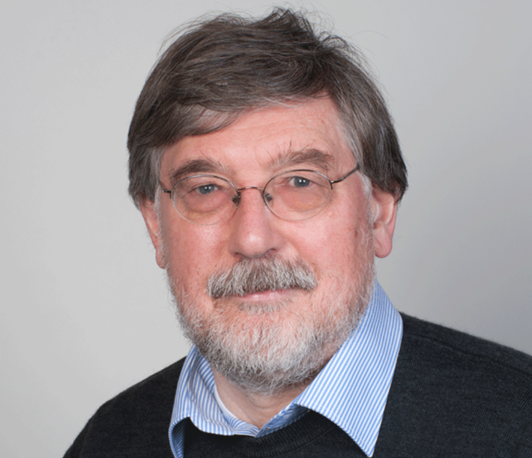Brain theory, what is it or what should it be?
- Date: Jun 27, 2025
- Time: 11:00 AM - 12:00 PM (Local Time Germany)
- Speaker: Dr. Günther Palm
- Institute of Neural Information Processing, University Ulm
- Location: Max-Planck-Ring 8
- Room: Room 203 + Zoom
- Host: Dr. Zhaoping Li
- Contact: maria.pavlovic@tuebingen.mpg.de

Abstract: In the neurosciences the need for some 'overarching' theory is sometimes expressed, but it is not always obvious what is meant by this. One can perhaps agree that in modern science observation and experimentation is normally complemented by 'theory', i.e. the development of theoretical concepts that help guiding and evaluating experiments and measurements. A deeper discussion of 'brain theory' will require the clarification of some further distictions, in particular: theory vs. model and brain research (and its theory) vs. neuroscience. Other questions are: Does a theory require mathematics? Or even differential equations?
Today it is often taken for granted that the whole universe including everything in it, for example humans, animals, and plants, can be adequately treated by physics and therefore theoretical physics is the overarching theory. Even if this is the case, it has turned out that in some particular parts of physics (the historical example is thermodynamics) it may be useful to simplify the theory by introducing additional theoretical concepts that can in principle be 'reduced' to more complex descriptions on the 'microscopic' level of basic physical particals and forces. In this sense, brain theory may be regarded as part of theoretical neuroscience, which is inside biophysics and therefore inside physics, or theoretical physics. Still, in neuroscience and brain research, additional concepts are typically used to describe results and help guiding experimentation that are 'outside' physics, beginning with neurons and synapses, names of brain parts and areas, up to concepts like 'learning', 'motivation', 'attention'. Certainly, we do not yet have one theory that includes all these concepts. So 'brain theory' is still in a 'pre-newtonian' state. However, it may still be useful to understand in general the relations between a larger theory and its 'parts', or between microscopic and macroscopic theories, or between theories at different 'levels' of description. This is what I plan to do.Bio: I studied mathematics at the Universities of Hamburg and Tübingen. After my graduation in mathematics I worked at the Max-Planck-Institute for Biological Cybernetics in Tübingen on the topics of nonlinear systems, associative memory and brain theory. In 1983/84 I was a fellow at the Wissenschaftskolleg in Berlin. From 1988 to 1991 I was professor for theoretical brain research at the University of Düsseldorf. From 1991 to 2016 I was professor for computer science and head of the Department of Neural Information Processing at the University of Ulm. I am working on information theory, neural networks, associative memory and Hebbian cell assemblies.
Lab's webpage: https://www.uni-ulm.de/en/in/neuroinformatik/institut/hidden/g-palm/
Access to the meeting: Zoom Link